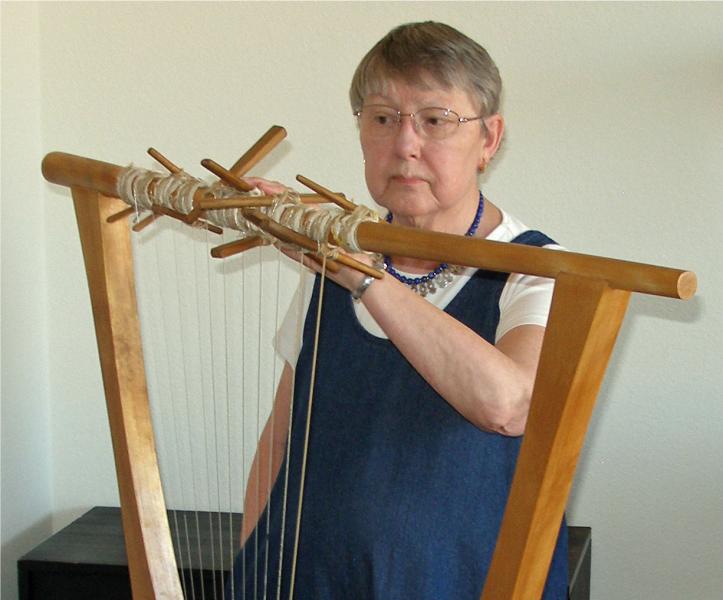Have you ever wondered about the sounds our ancestors heard? Digging deeper into the questions surrounding ancient noises is archaeoacoustics. Archaeoacoustics is the study of humans’ relationship with sound and music that incorporates ethnomusicology, archeology, and acoustics. A related field is music archeology, which focuses more on ethnomusicology in ancient and pre-history.
Beyond the natural soundscapes that still exist today, researchers are able to study what our ancestors noticed via rocks. In the famous painted caves of France, the paintings are concentrated in areas of exciting echos. Other caves display similar relationships. Stonehenge and Chichen Itza are civilizations creating monuments that incorporate interesting acoustics on purpose. For Stonehenge, the circular arrangement of the stones and their spacings add intrigue to the ceremony. The Mayans built Chichen Itza’s staircases with acoustics in mind using reverberation to mimic a sacred quetzal call when someone clapped.
From the sounds they heard came the music they created. Anne Kilmer, an Assyriology professor poured over clay tablets with ancient languages written in cuneiform to find some of the earliest written songs. In 1972 Kilmer and a few colleagues created an interpretation of a written song that is believed to be a cult hymn. This hymn was preserved in its entirety for over 3,000 years. What makes this song remarkable is that it uses harmony, a concept thought to be a much newer invention. The lyrics even match the harmony, with the melody left as an afterthought. Kilmer and her fellow researchers knew this discovery would fascinate musicians and have published sheet music for the Mesopotamian lyre, as well as recordings for the casual listener.
